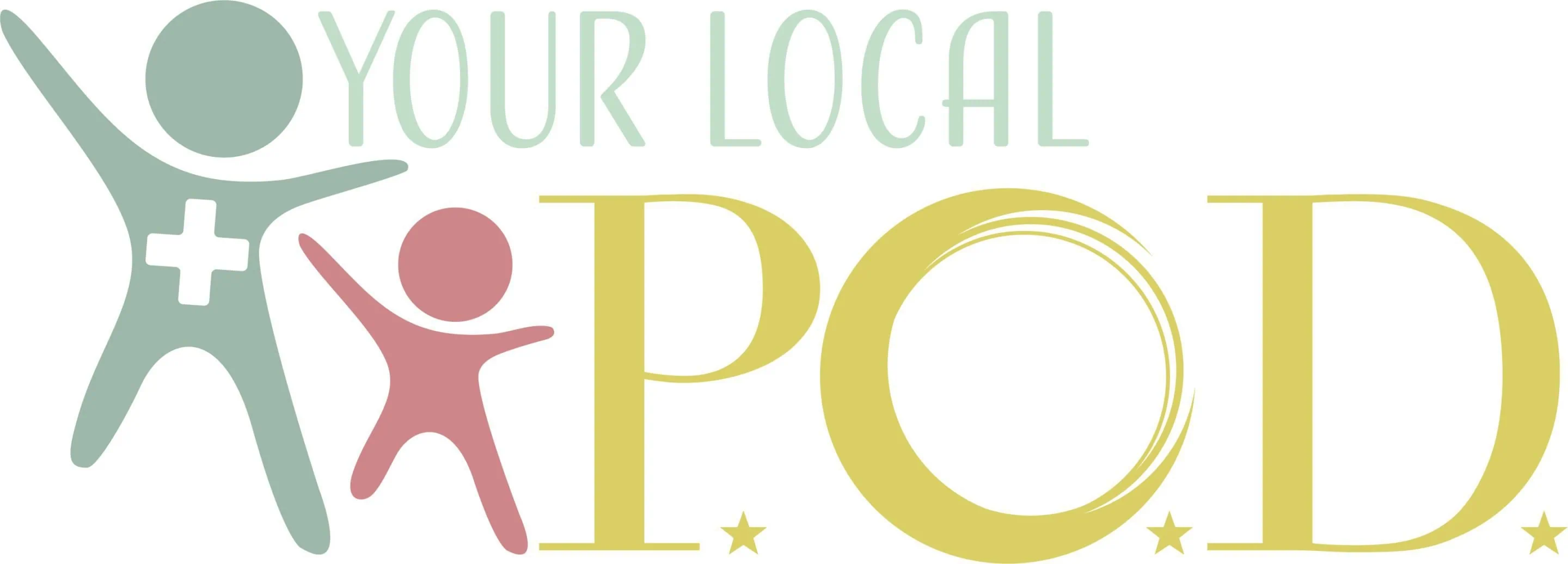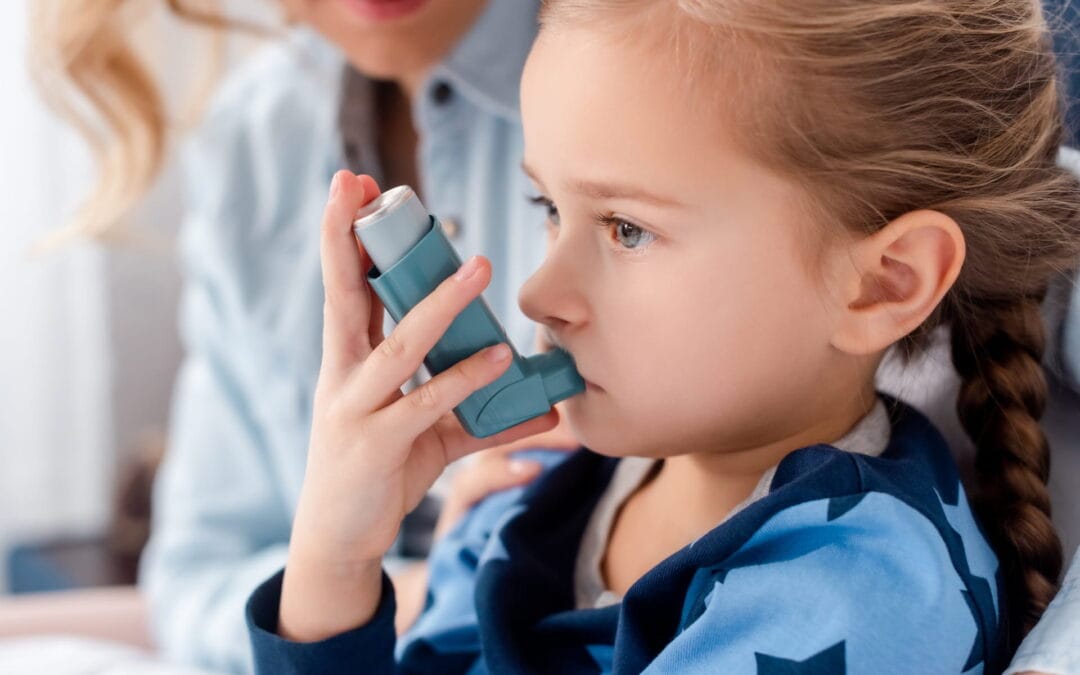Asthma in children can be a frightening ordeal, and knowing when to seek urgent care is crucial for every parent. Asthma attacks can range from mild to severe, and sometimes, the signs that indicate a need for immediate medical attention can be subtle. This article aims to guide parents through recognizing the five critical signs that their child may require urgent care for asthma, backed by well-known facts and statistics from authoritative sources.
Difficulty Breathing
One of the most alarming signs of a severe asthma attack is difficulty breathing. When a child is struggling to breathe, it may manifest as rapid breathing, the use of accessory muscles (neck and chest muscles), or a sucking in of the ribcage. According to the Centers for Disease Control and Prevention (CDC), asthma is a leading cause of emergency department visits among children, underscoring the importance of recognizing breathing difficulties early.
- Rapid breathing can significantly increase during an asthma attack.
- The use of accessory muscles indicates a struggle to breathe.
- Observing a sucking in around the ribcage is a sign of severe respiratory distress.
Wheezing or Whistling Sound
Wheezing, a high-pitched whistling sound made while breathing, is a hallmark of asthma. It’s particularly noticeable when exhaling. The American Lung Association notes that wheezing is a clear indicator that the airways are restricted or inflamed, requiring immediate attention if it becomes severe or is accompanied by other symptoms of distress.
- Wheezing is a common symptom of asthma, indicating airway obstruction.
- Severe wheezing may not improve with the use of a quick-relief inhaler.
- Continuous wheezing is a sign that urgent care may be needed.
Persistent Coughing
A persistent cough that worsens at night or during physical activity can be a sign of an asthma flare-up. The Asthma and Allergy Foundation of America (AAFA) states that coughing from asthma may be a sign that a child’s lungs are not getting enough air. If the cough is relentless and does not respond to initial treatment, it’s time to seek medical help.
- Nighttime coughing can indicate poorly controlled asthma.
- Coughing that escalates during physical activity may signal exercise-induced asthma.
- A relentless cough that does not respond to medication requires urgent care.
Retractions
Retractions refer to the visible sinking of the areas between the ribs, below the ribcage, or in the neck during breathing. This sign indicates that the child is working harder to breathe. The National Heart, Lung, and Blood Institute (NHLBI) emphasizes that retractions are a sign of respiratory distress and warrant immediate medical evaluation.
- Visible sinking of the skin between the ribs or around the neck during breathing is a serious sign.
- Retractions indicate severe difficulty in breathing.
- This symptom requires prompt medical attention to prevent further complications.
Blue Lips or Fingernails
A change in color to blue lips or fingernails (cyanosis) indicates a critical lack of oxygen in the blood. This is a medical emergency. The CDC warns that cyanosis requires immediate action and urgent care to ensure that oxygen levels are restored to prevent serious outcomes.
- Blue lips or fingernails are a sign of severe oxygen deprivation.
- Cyanosis is a medical emergency that requires immediate urgent care.
- This condition signifies that the asthma attack is life-threatening.
In recognizing these signs, parents can act swiftly to ensure their child receives the necessary medical attention. Asthma attacks can escalate quickly, and understanding when to seek urgent care can be life-saving.
Key Takeaways for Recognizing Urgent Asthma Signs in Children
Recognizing the signs that indicate a child may need urgent care for asthma is crucial for every parent. Difficulty breathing, wheezing or whistling sounds, persistent coughing, retractions, and blue lips or fingernails are all signs that should prompt immediate medical attention. Early recognition and action can significantly impact the outcome of an asthma attack, potentially saving a child’s life. Parents should always have an asthma action plan in place, developed in consultation with their child’s healthcare provider, to manage asthma symptoms and know when to seek urgent care.
Frequently Asked Questions
1. What is the most common trigger for asthma in children? Environmental allergens such as pollen, dust mites, mold, pet dander, and tobacco smoke are common triggers for asthma attacks in children.
2. Can asthma attacks be prevented? While not all asthma attacks can be prevented, avoiding known triggers, following an asthma action plan, and using preventive medications as prescribed can significantly reduce the frequency and severity of attacks.
3. How do I know if my child’s asthma is getting worse? Signs that your child’s asthma may be worsening include an increase in coughing, difficulty breathing, needing to use a quick-relief inhaler more frequently, and a decrease in peak flow meter readings, if used.
4. When should I take my child to see a doctor for asthma? You should take your child to see a doctor if you notice symptoms of asthma, such as frequent coughing, wheezing, or difficulty breathing, especially if these symptoms worsen at night or during physical activity.
5. Can children outgrow asthma? Some children may experience a reduction in asthma symptoms as they grow older, but asthma can be a lifelong condition. It’s important to continue monitoring and managing symptoms under the guidance of a healthcare provider.

